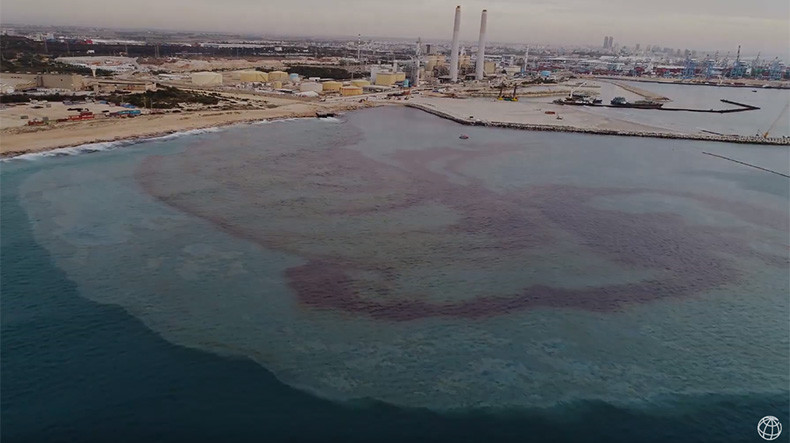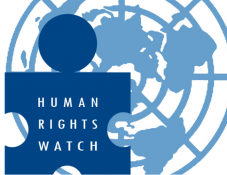
World Bank: Water quality crisis a global health challenge
The World Bank has warned that poor water quality is becoming a global threat to humans and environmental well-being. The recent report “Invisible Crisis of Water Quality” states that the world is facing an invisible water quality crisis with much wider, deeper impacts, and more uncertain than previously thought.
“While much attention has focused on water quantity – too much water, in the case of floods; too little water, in the case of droughts – water quality has attracted significantly less consideration,” read part of the report. The report calls for urgent attention to be given to the hidden dangers lying beneath the waters’ surface.
The study, conducted with new data and methods, shows how a combination of bacteria, sewage, chemicals, and plastics can suck oxygen from water supplies and transform water into poison for people and ecosystems. The World Bank assembled the world’s largest database on water quality gathered from monitoring stations, remote sensing technology, and machine learning tools.
“The world is losing enough food to saline water each year to feed 170 million people,” says the report.
The report shows that some pollutants in water have impacts that were previously unknown and occur at levels below established safe norms.
The World Bank outlines a set of actions that countries need to take to improve water quality. These include: environmental policies and standards; accurate monitoring of pollution loads; effective enforcement systems; water treatment infrastructure supported with incentives for private investment; and reliable, accurate information disclosure to households to inspire citizen engagement.
Newsfeed
Videos






























